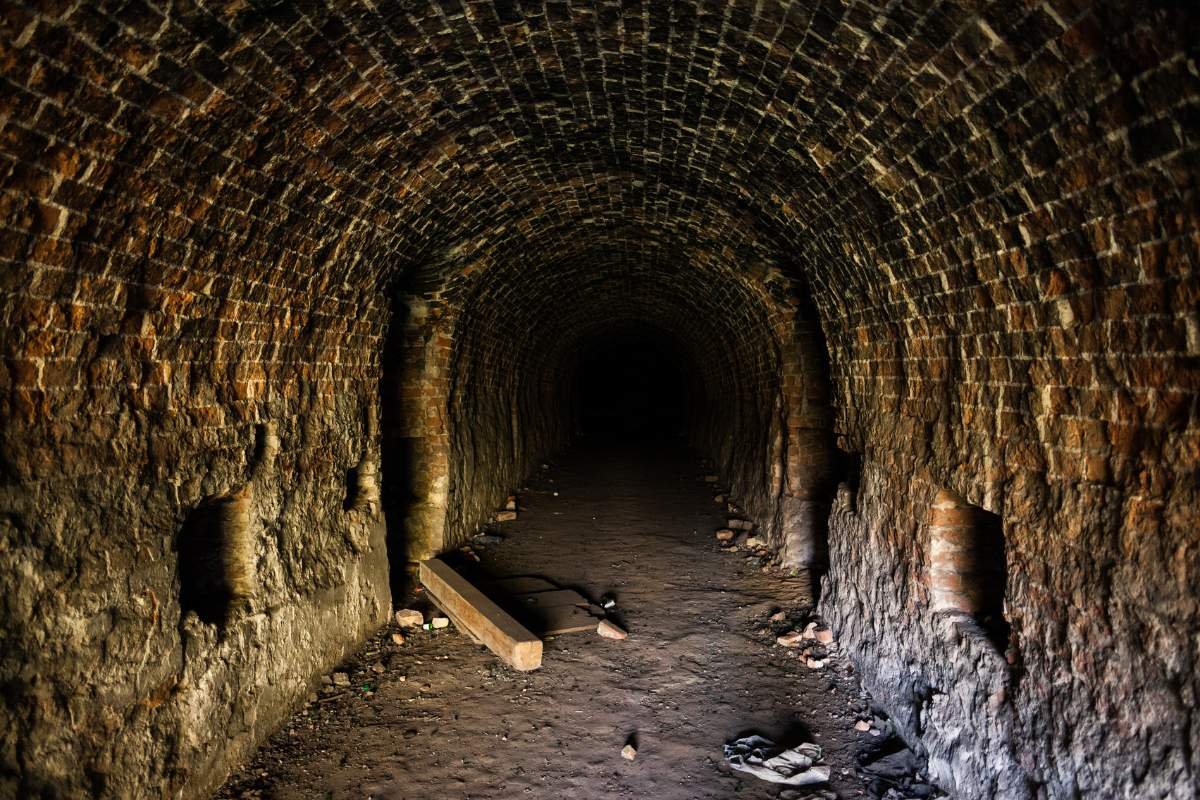Recent statistics show that 32% of America’s waste is recycled. That’s a 7% rise since 1960. There are two ways of looking at this figure. One positive and one negative. On the one hand, it’s positive to know that households and businesses are making an effort and that America’s recycling rate has increased. There is no doubt that attitudes towards recycling and recycled packaging have improved in recent decades. We have a much better understanding of our impact on the planet and how to make a positive change.
Still, a rise of 7% over the last 64 years isn’t great. With our current knowledge about the state of the environment and climate change, we should have seen a much sharper increase in recent years. The EPA has its National Recycling Goal, which aims to increase America’s recycling rate to 50% by 2030. There are 6 more years left to get that 18% rise. It sounds ambitious, but the right incentives, schemes, and innovative products could make a difference. So, what can we do to encourage more people to recycle? Also, how can a switch to new product packaging help even further?
Encouraging People To Recycle More Often to improve America’s recycling rate
If we’re going to send our bottles and containers to a recycling plant, we need a reliable system to get them there. Bottle deposit schemes in local communities have great merit for improving America’s recycling rates. 9 out of the 10 states that claim the highest recycling rates in the USA have some form of recycling refund or deposit return scheme in place. It would make a big difference to roll these out even further. Improved accessibility with schemes in local areas and grocery stores can’t hurt either.

There is still plenty more that we can do within our homes to improve America’s recycling rates. Figures show that around $6.5 billion worth of recyclable material ends up in landfills when it could be put to much better use. Small changes can make a difference if each home makes a point of putting all its recyclable plastic in the recycling and not general waste. It all adds up.
Education goes a long way in changing attitudes and behaviors too. Some older Americans may be too set in their ways or restricted by social and economic limitations to do more. However, it doesn’t hurt to remind everyone of the impact of recycling and single-use plastic packaging on the world. It also helps to show people that better eco-friendly food packaging exists. One way is to get them to think about the world they’re leaving behind for their grandchildren.
This generation will inherit a polluted and damaged Earth while doing their best to help. Recycled packaging and other eco-friendly schemes in schools help put them on the right path from an early age. If it’s cool to use reusable packaging, water bottles, and personal cutlery, it can become the norm.
Encouraging People To Use Better Packaging
One of the biggest problems we face as consumers is the amount of single-use packaging and all the unnecessary plastic that goes with it. So much comes in plastic containers and bottles out of convenience that we’re left with a mountain of waste. While some of that does end up recycled – although clearly not enough – most goes to the landfill. There are two routes we can take here to improve our relationship with packaging – ideally both of them. The first is to look at ways we can give plastic packaging a second life. The second is to support companies that don’t use plastic at all.

Let’s start with reusing what we have. Some companies focus on refills and reusable containers rather than packaging everything as a single-use item. The idea is that you can take your empty container back to a participating outlet, fill it full of product from one of their larger containers, and not have to deal with any extra packaging. This is a great business model for any eco-friendly beauty or cleaning products companies that want to sell greener shampoos and detergents more effectively.
This solution is great because it is practical and convenient for the brand and the consumer. However, there are plenty of other goods that need single-use containers. Food packaging is top of the list here. Plastic waste is excessive after a trip to the grocery store, with everything that’s in plastic packaging, shrink wrap, and more. Ready meal containers are some of the worst offenders when companies don’t even use recyclable plastic. There are alternatives, however, and companies are finding alternative materials to create recycled packaging and compostable food containers.
Compostable Food Containers
This last point is where the industry can really make a big difference. Compostable packaging takes the issue of waste to another level. There isn’t any waste material to send to a facility for processing. We aren’t wasting energy and water creating new recycled packaging out of old products. Instead, we can just leave the plant-based materials to break down naturally without contaminating the soil or adding to our carbon footprint. A focus on compostable materials can also encourage people to tend to their own gardens and grow their own food.
These containers don’t have to be anything extravagant or high-tech. It is possible to make strong materials out of corn with no need for plastics or other synthetics. The best manufacturers will not only find ways to shape these materials into practical containers. They will also work with local growers to lower their carbon footprint and prove themselves as eco-friendly businesses.
Can We Hit That 2030 Target?

It’s a big ask to get the whole country recycling enough to get that 18% rise in participation. It isn’t impossible, especially if the government can bring in more incentives and better educational resources. The easier it is for people to recycle as much waste as possible, the sooner America’s recycling rate we’ll hit 50% recycled waste. However, it is also important to add bottle refills, recycled packaging, and compostable containers to our lives for an ever greater environmental impact.


















